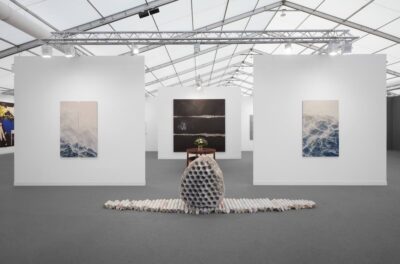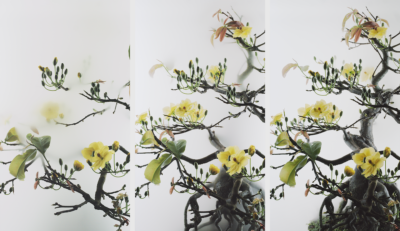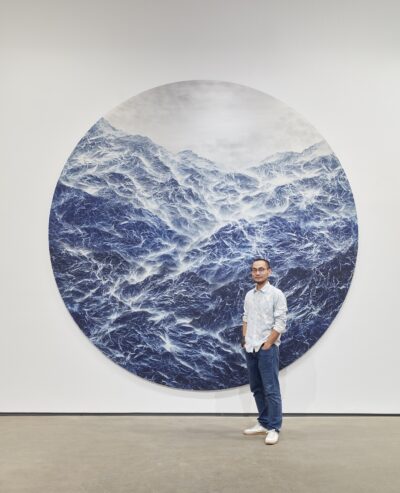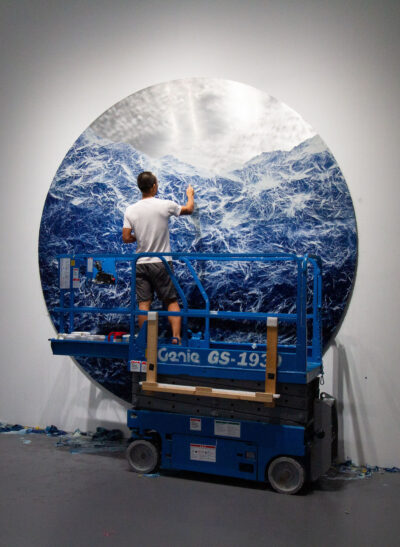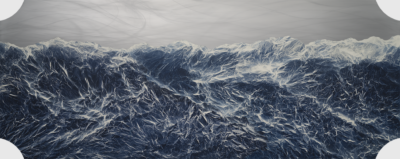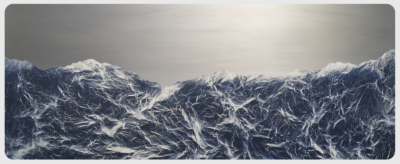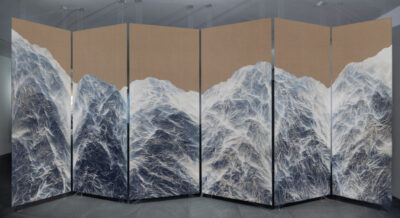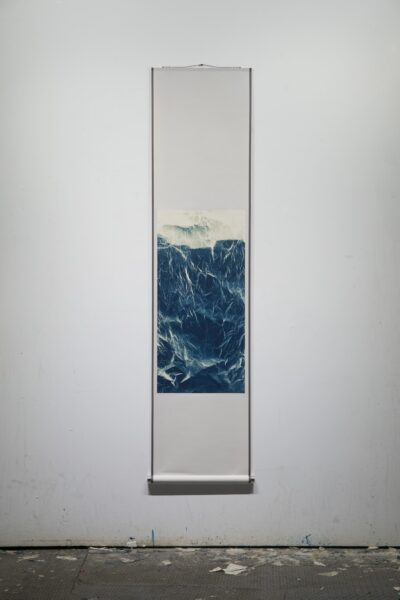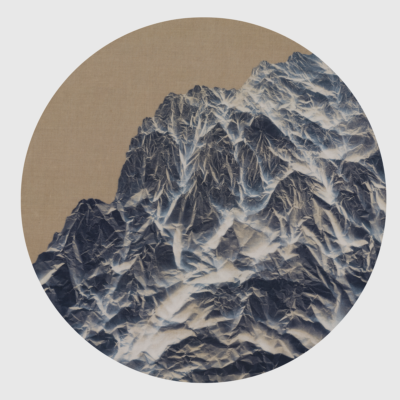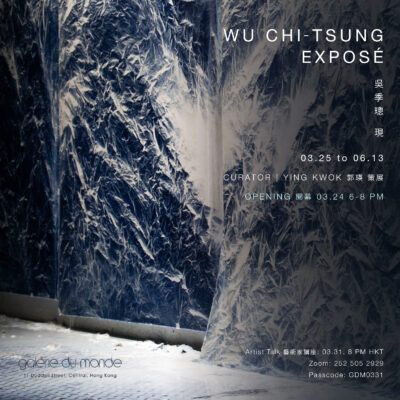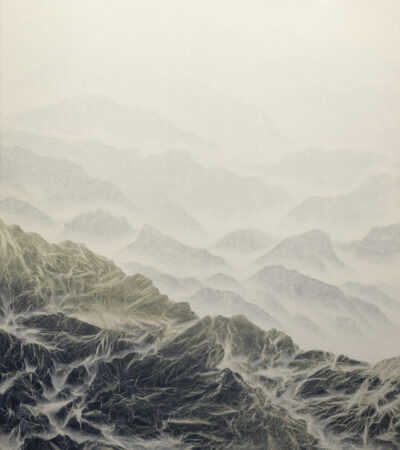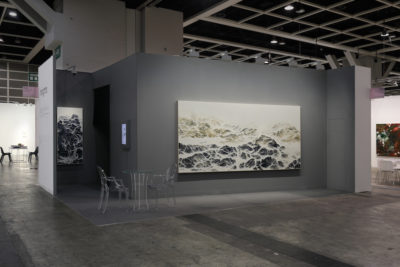
New York Solo Exhibition jing-atmospheres listed as Editors’ Picks by Artnet
紐約個展《境》被Artnet列為編輯精選藝術活動
Wu Chi-Tsung’s solo exhibition jing-atmospheres was listed in the Editor’s Pick by Artnet News. Each week, the website search for the most exciting and thought-provoking shows, screenings, and events, both digitally and in-person in the New York area. Here are editor Sarah Cascone’s introduction to the exhibition: In his first show at Sean Kelly, Wu Chi-Tsung presents his “Cyano-Collage” series, which reinterprets he traditional ink and brush landscapes of Chinese shan shui paintings—which translates to “mountain-water-pictures”—through the lens of experimental photography. The artist crumples up cyanotype paper that has a photosensitive coating, exposes it to sunlight, and mounts it on aluminum to create collaged images that recall mountainous landscapes. 在Artnet於11月2日發表的「本週最佳展覽」推薦版塊中,個展《境》亦被評價為最「激動人心、引人深思」的展覽。網站編輯Sarah Cascone的推薦詞如下: 「在吳季璁於尚凱利畫廊的首秀中,他展示了其《氰山集》系列作品,這一系列通過實驗影像重新詮釋了中國傳統繪畫中使用水墨演繹的山水意象。藝術家將塗佈藥劑的氰版宣紙揉皺、在陽光下曝曬、並將之拼貼至鋁板上,形成令人聯想至山水的圖像。」
READ MORE

